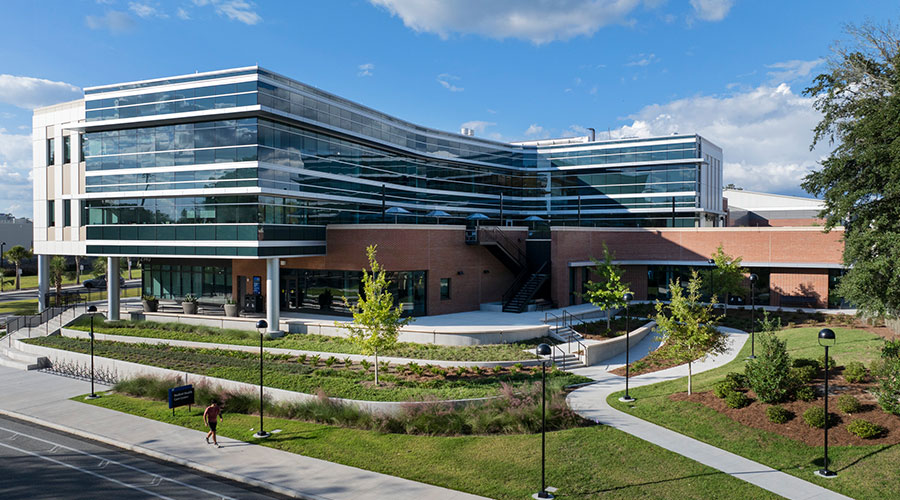Three Considerations When Deploying LEDs
March 26, 2015
LEDs can be a great lighting choice for a facility, but doing so successfully requires a little extra care not required with legacy lamp types and luminaires. Here Nancy Clanton, president, Clanton & Associates, a lighting design and engineering firm, discusses some of the additional considerations to make when evaluating an LED system for a facility.
First, one of the reasons LEDs are so desirable is their controllability. Clanton does not dispute that fact, but stresses that the dimming system must be matched to the LED product, because not all LED products will work with all dimming systems. "This has been basically the number one issue with lighting designers today (and LEDs) is this incompatibility between systems," says Clanton. When an LED luminaire receives UL listing, "it is the luminaire in combination with a specific driver. If we want to put manufacturer ABC driver in all the luminaires, some of the luminaire manufacturers will say no because we didn't get it listed with that driver. Then we have to go through and match all the drivers with a specific control system." This is not the case for fluorescent luminaires, for example, where the ballasts are UL-listed separately from the luminaires.
"Everybody wants them (LEDs), but they just don't realize the coordination issues with the control systems," says Clanton. "Because I'm not going to put in four different control systems just to get the luminaires I wanted. I'm going to get one control system, but then I have to carefully look at all the luminaires: are they compatible. So it's a whole bunch more coordination."
A second consideration is proper placement of LEDs, which are sensitive to heat. Clanton cautions facility mangers to closely follow manufacturer's recommendations for appropriate sites and installation parameters for LED systems.
A third consideration is the potential impact of LED systems on the power system in certain situations like with open/shut gates. "It's called repetitive peak current," Clanton says. "You want to make sure that the driver is a high quality driver that's designed to not put poor power quality onto your electrical line. You need to look at what the total harmonic distortion is, what the power factor is and repetitive peak current."
For more consideration on lighting systems,
click here.
Next
Read next on FacilitiesNet







